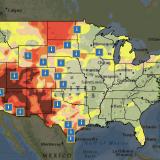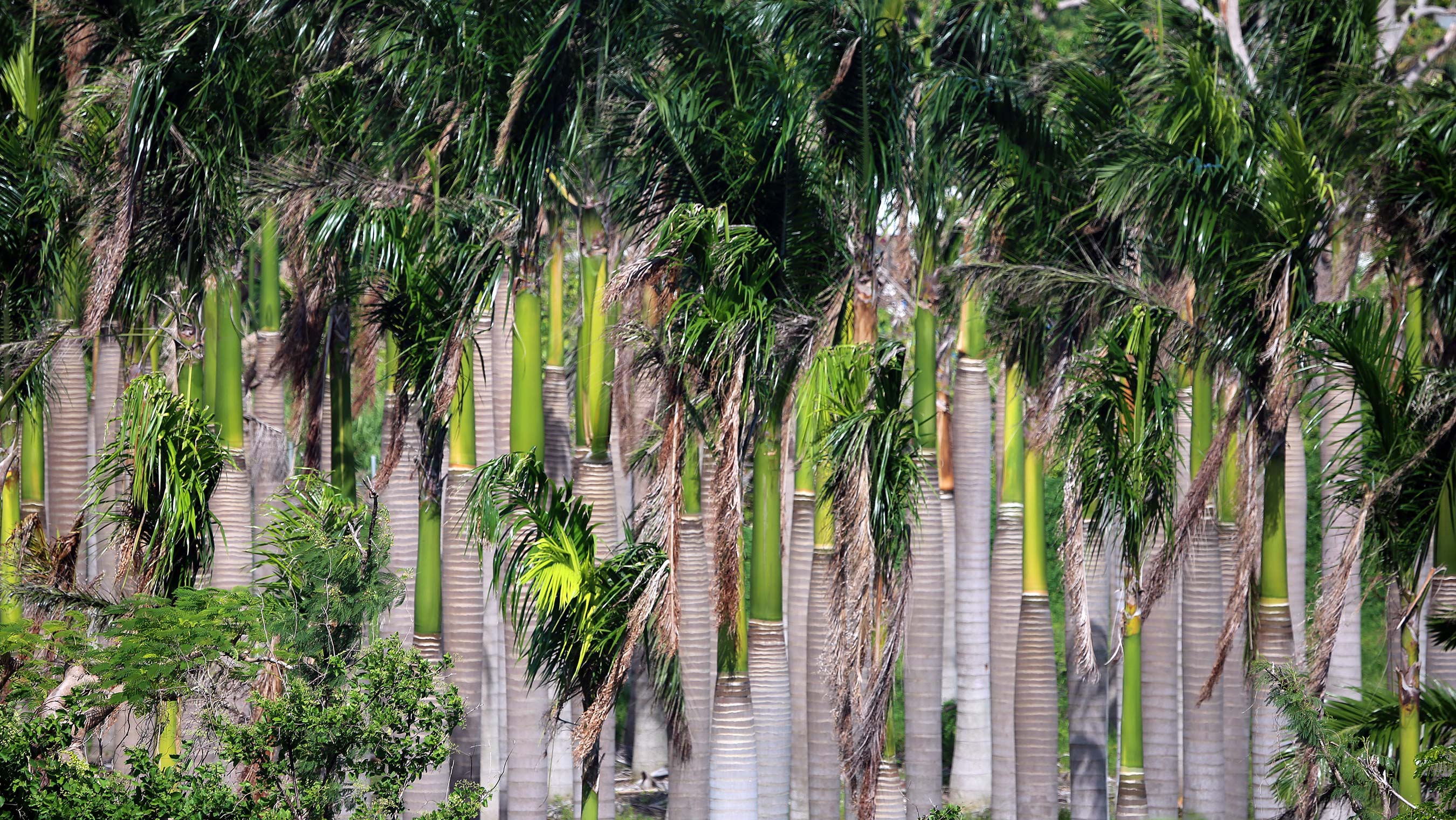Drought conditions in Virginia are assessed by the Virginia Drought Management Task Force (VA DMTF), a collaboration of drought experts from various government agencies in Virginia and West Virginia, and organized by the Virginia Department of Environmental Quality (DEQ). Members of the VA DMTF meet on an as-needed basis when drought conditions are present or expected to develop across any portion of Virginia. They also submit their drought condition recommendations to the National Drought Mitigation Center for updates to the weekly U.S. Drought Monitor map. The VA DMTF evaluates variables including rainfall, streamflow, groundwater levels, regional climate, soil moisture, water storage in reservoirs, ecological conditions, municipal water restrictions, and the time of year. These conditions are closely monitored and can rapidly change, especially during the summer months, which bring about higher evaporation rates. Through this partnership, DEQ makes recommendations for Drought Stage declarations that help local watershed managers make vital water usage decisions.
Virginia generally receives over 40 inches of precipitation per year and is historically considered “water rich." However, droughts are not uncommon, and Virginia has a history of multi-year droughts, including the recently experienced record-breaking droughts of 1999–2002, 2007–2008, and 2010–2012. Virginia also experienced a high-impact drought during the late summer and fall of 2023 that was a primary factor in several major wildfires, including the Matts Creek Fire in the Jefferson National Forest. Fifteen Virginia localities also qualified for USDA emergency loans due to their severe (D2) to extreme (D3) drought designations. Droughts in Virginia and across the Southeast can have far-reaching impacts on agriculture, water availability, and wildfires. Drought conditions can also develop rapidly, especially when the lack of rain and high temperatures combine to quickly increase the loss of water from the landscape via evapotranspiration. There is increased regional awareness of how these rapid-onset droughts, sometimes referred to as "flash droughts," can cause significant agricultural economic impacts and supply concerns to other water users.
NOAA’s National Integrated Drought Information System (NIDIS) launched the Southeast Drought Early Warning System (DEWS) in 2020, which includes Alabama, Florida, Georgia, North Carolina, South Carolina, Tennessee, and Virginia. The Southeast DEWS is a network of regional and national partners that share information and coordinate actions to help communities in the region cope with drought.
Reach out to Elliot Wickham, the Regional Drought Coordinator for this region, for more information, or sign up for the Southeast DEWS newsletter.




















